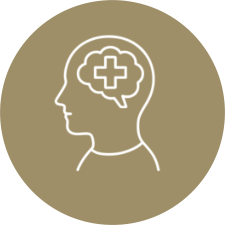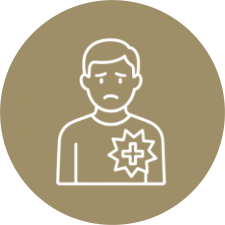Care for Injury, Pain and Movement
Musculoskeletal injuries are injuries to the body’s muscles, bones, ligaments, or tendons that affect its form, stability, and movement. These injuries can happen to anyone and are caused by various activities including repetitive use, from accidents at home to workplace incidents. Sports injuries are a specific type of musculoskeletal injury that occur during athletic activities. While they can be caused by a single traumatic event, they are also frequently the result inadequate training/warm up, or unsuitable equipment.
Services offered to support such injuries include:
- Thorough history and physical assessment
- Arrangement for diagnostic imaging where required (such as X-rays, ultrasounds, or MRIs)
- Initiating appropriate treatment
- Integrating multidisciplinary care e.g. physiotherapists, exercise physiologists, sports physicians, orthopaedic surgeons
- Injury prevention guidance













